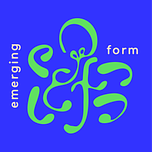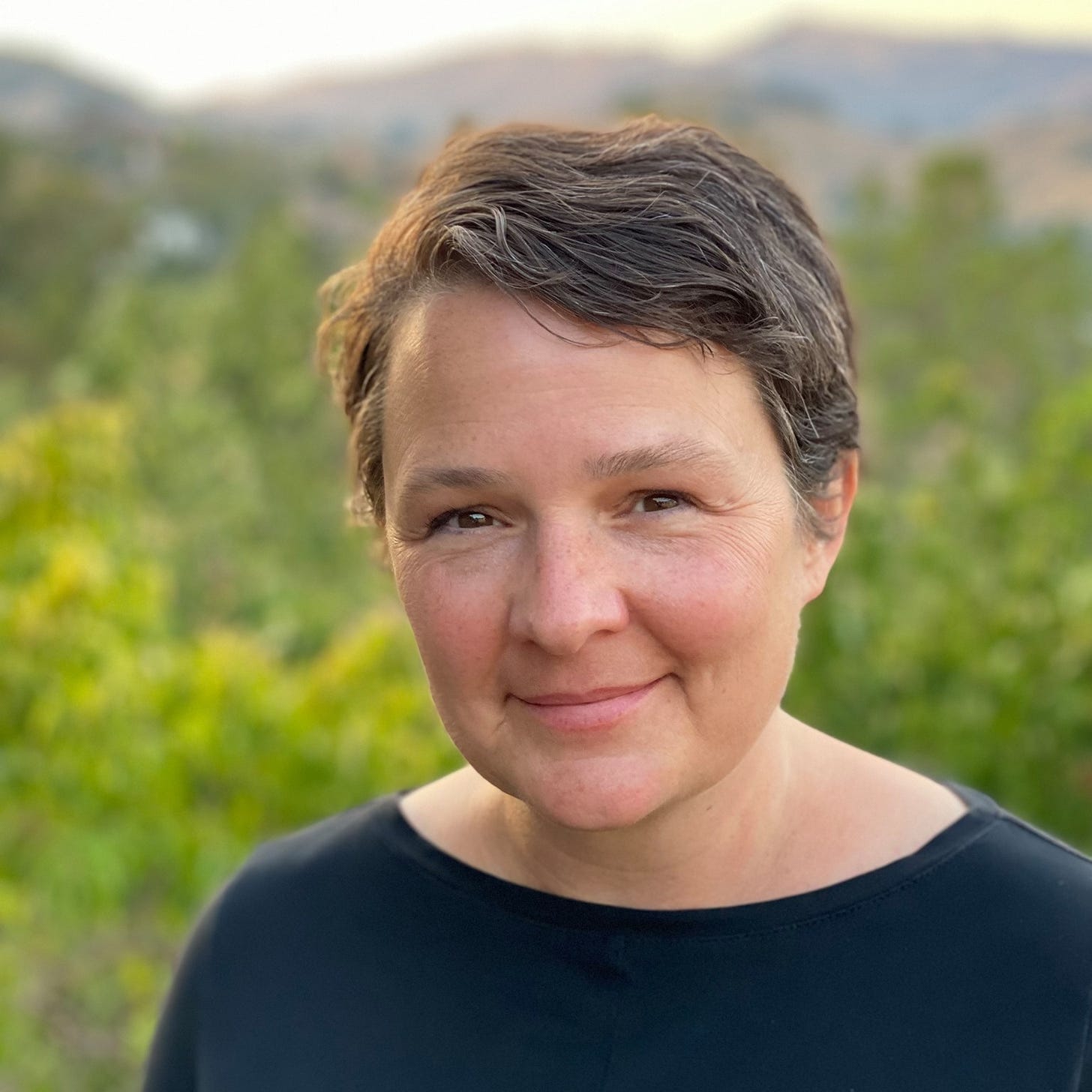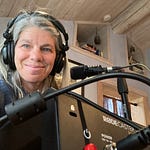When you’re actively engaged in creative practice, what’s happening in your brain? We ask research scientist and writer Emily Willingham to talk about the science of creativity. Her clear communication about neurons and cognitive processes open up a new understanding of not only how the brain works but also the three key features of creativity, two kinds of thinking that go into creative process, plus the importance of flexibility, storytelling, openness and awe.
The business of Emily’s life has been writing and science. Her work as a research scientist led her to many cool things, including ultrasound and surgery on a spotted hyena, plastic casting of the inside of the mammalian penis, chasing tiny blazing-fast lizards around in the desert, and innumerable activities involving gonads. Her work as a writer has done the same, from stories about the black bears of Big Bend to how pregnant people will fare in a post-Roe nation. There are hundreds of adventures in between, some of them reflected in her stories published at places like Scientific American, the Washington Post, Slate, Vox, Wired, LitHub, Aeon, and others. Emily is the author of several books, including Phallacy: Life Lessons from the Animal Penis, published in 2020, and The Tailored Brain: From Ketamine to Keto to Companionship, a User's Guide to Feeling Better and Thinking Smarter, published in December 2021.
Emily’s Website
Excerpt from The Tailored Brain about creativity and awe.















Share this post